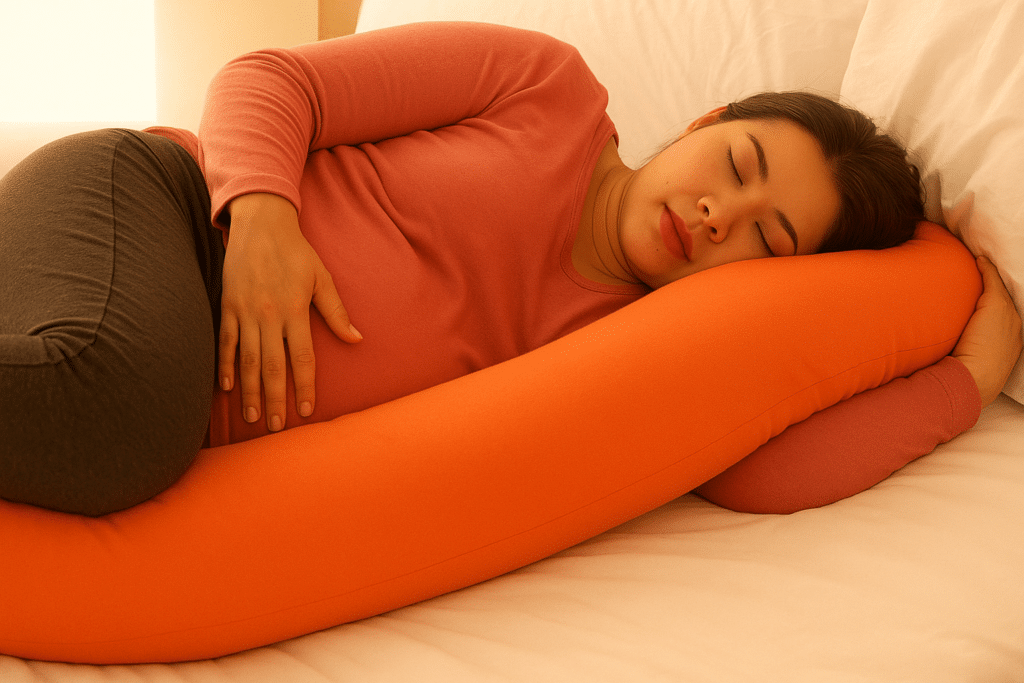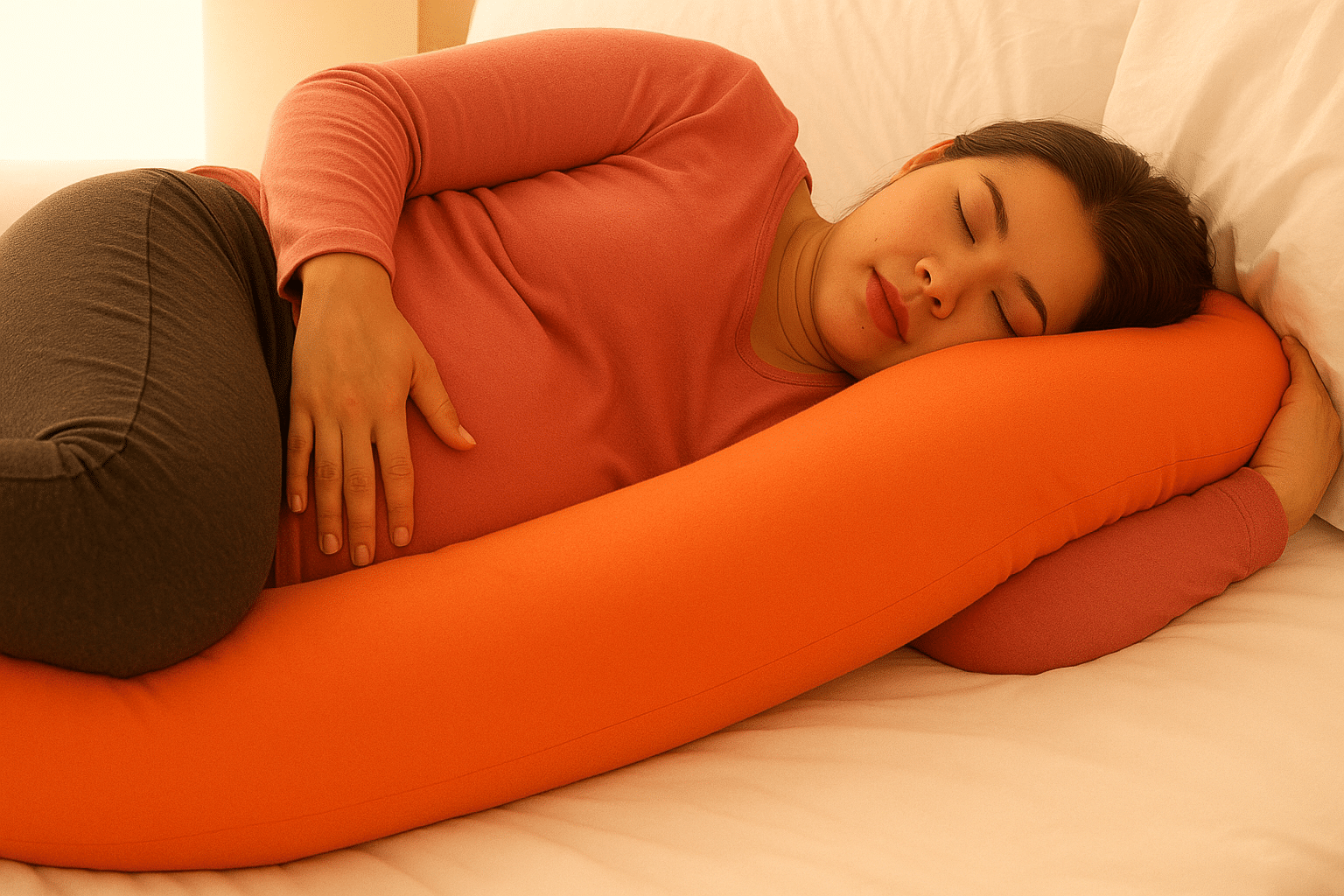

Chiropractor In New Berlin Explains: Managing Sciatic Pain and Improving Sleep
Sleep plays a crucial role in maintaining overall health and wellness. It allows the body to rest, recover, and repair itself from daily life’s physical and mental stress. During sleep, the body releases hormones that help to regulate metabolism, build and repair muscle tissue, and support healthy brain function.
Adequate sleep is especially important for pregnant individuals with sciatica as it helps to support the growth and development of the fetus. During pregnancy, sleep helps to regulate hormones and promote physical and emotional well-being, which is essential for both the mother and the growing baby.
Sleep also supports the immune system and helps to reduce inflammation in the body, which can contribute to various health problems. Lack of sleep has been linked to numerous health issues, including obesity, diabetes, heart disease, depression, and decreased cognitive function.
Unfortunately, trying to sleep while dealing with shooting pain in your sciatic nerve can worsen your condition, and difficulty sleeping, thanks to sciatica pain, can cause health problems later on.
Find out some of the most effective ways to sleep better by finding relief from your sciatic pain.
Find the Right Sleep Position
The most important step when struggling with sciatic pain at night is finding the right sleeping position. Every person is different, but with enough experimentation, you should be able to find a comfortable position for improved sleep.
If your sciatica symptoms are limited to only one leg (as is often the case), you can try sleeping on the side of your body opposite the shooting pain. For example, try sleeping on your right side if you experience sciatica pain in your left leg will keep pressure off of your injured side by keeping it off the mattress.
Another trick is to sleep in a fetal position, which opens up the space between your vertebrae. This tip can be especially useful if a herniated disc causes sciatica. Try lying on one side and bringing your knees up to your chest. Looking down at yourself from above, you would look like a person-sized “C.”
Lastly, consider sleeping on the floor if your sciatica is caused by spinal misalignment (which can be made worse by sleeping on soft surfaces). Doing so may help your spine stay in its proper alignment. If you go this route, place a yoga mat or a camp sleeping pad between yourself and the floor.
Determine Proper Pillow Placement
Having the right pillow placement can make all the difference in creating a peaceful sleep environment.
For example, if you prefer sleeping on your back but are struggling with sciatica pain caused by spinal misalignment, try using a pillow to keep your spine in a neutral position. You can stick a pillow between your slightly bent knees, which will also help you avoid pelvic tilt.
Pillows or towels can also provide support directly to your back. By placing a thin pillow or towel under your lower back, you can maintain proper spinal and pelvic alignment while keeping your weight evenly distributed across your back and shoulders.
Avoid These Sleep Positions
In general, you should keep from twisting your spine (especially your lumbar spine) or your pelvis (i.e. your hips) while sleeping. Twisting either of these body parts out of alignment will likely increase the pressure on your sciatic nerve.
Even if you find what seems to be the perfect sleeping position, it won’t do as much good for relief from pain if your sleep posture twists your hips or spine.
One specific position to avoid for all forms of lower back pain, including sciatica, is sleeping prone (i.e. on your frontside/stomach). By sleeping on your tummy, you curve your spine, putting more pressure on your muscles and joints. Any extra stress on your joints or muscles can cause that dreaded shooting pain to flare up, ruining what could have been a good night’s sleep.
Consider Buying a New Mattress
If improving your sleep posture and changing your sleep position isn’t enough to relieve your sciatica nerve pain, securing a firmer mattress may be the solution.
If you can help out, avoid using a softer mattress, which can fail to provide your body with the support it needs to keep your spine and hips in the correct alignment, especially true if you like sleeping on your stomach.
Which type of mattress should you purchase if you decide to ditch your current mattress? According to one 2015 review of research studies, the best mattresses for overall sleep quality and spinal alignment were identified by study participants as “medium-firm.”
Medium-firm means you should aim for a quality mattress in the “Goldilocks” zone of being neither too hard nor too soft but “just right” for providing spinal and pelvic support.
Even if you can’t afford to replace your soft mattress with a medium-firm mattress, you can still find some relief by firming your mattress up by other means. For example, you can sleep with your mattress on the floor or even support the mattress with a piece of plywood placed between it and the box spring.
Take a Warm Bath Before Bed
This tip is great for anyone who struggles with lower back pain, not just sciatica patients. Taking a warm bath a bit before bed can provide soothing relief to back pain sufferers. The warmth of the bath (or even a hot shower) relaxes all of your muscles, including those in your lower back and legs.
Not only does a warm bath hold the potential to help with your aching nerve pain through muscle relaxation, but that same warmth can help your entire body fall asleep faster. This works because a hot bath that puts the body’s temperature over 100 degrees Fahrenheit then forces the body to drop its temperature.
Temperature regulation occurs every night as part of the body’s winding-down process, so forcing your body to drop its temperature can trick it into relaxing in preparation for sleep even sooner.
However, this bath trick works best for sleep relaxation when the bath occurs between 90-120 minutes before bedtime. That gives your body enough time to cool down so that the raised temperature doesn’t keep you up instead of putting you to sleep faster.
Do Some Pre-Bed Stretches
Regardless of your current physical fitness level, you can incorporate light stretching into your bedtime routine to alleviate some of your nightly sciatica pain.
You can keep your muscles loose and improve your muscle weakness by doing light stretches or pre-bed yoga for your legs, spine, and hips. Doing this may reduce pressure on your sciatica nerve and provide some relief for sciatica pain.
Plus, regular stretching is an important part of wellness that can reduce your chances of injury.
Contact Our New Berlin Chiropractic Clinic to Schedule an Appointment
There’s quite a bit that you can do on your own to improve your sleep hygiene and find pain relief from your sciatica symptoms.
However, if you want long-lasting solutions that are neurologically based and personalized for your unique needs, you should contact Advantage Chiropractic to schedule an appointment. Relief and a good night’s sleep may be closer than you think!
OFFICE HOURS
Monday
10:00am – 1:00pm
3:00pm – 6:00pm
Tuesday
3:00pm – 6:00pm
Wednesday
8:00am – 12:00pm
3:00pm – 6:00pm
Thursday
10:00am – 1:00pm
3:00pm – 6:00pm
Friday
Closed
Saturday
Closed

About the Author
Dr. Evan Norum, co-owner of Advantage Chiropractic in New Berlin, WI, holds a Doctorate of Chiropractic from Northwestern Health Sciences University. Inspired by personal experiences with chiropractic care, he specializes in family-based treatments and is board-certified in chiropractic care, neuropathy, and the Torque Release Technique®. With internships at leading chiropractic centers and co-founding Advantage Chiropractic in 2017, Dr. Evan Norum is dedicated to promoting health from within.

